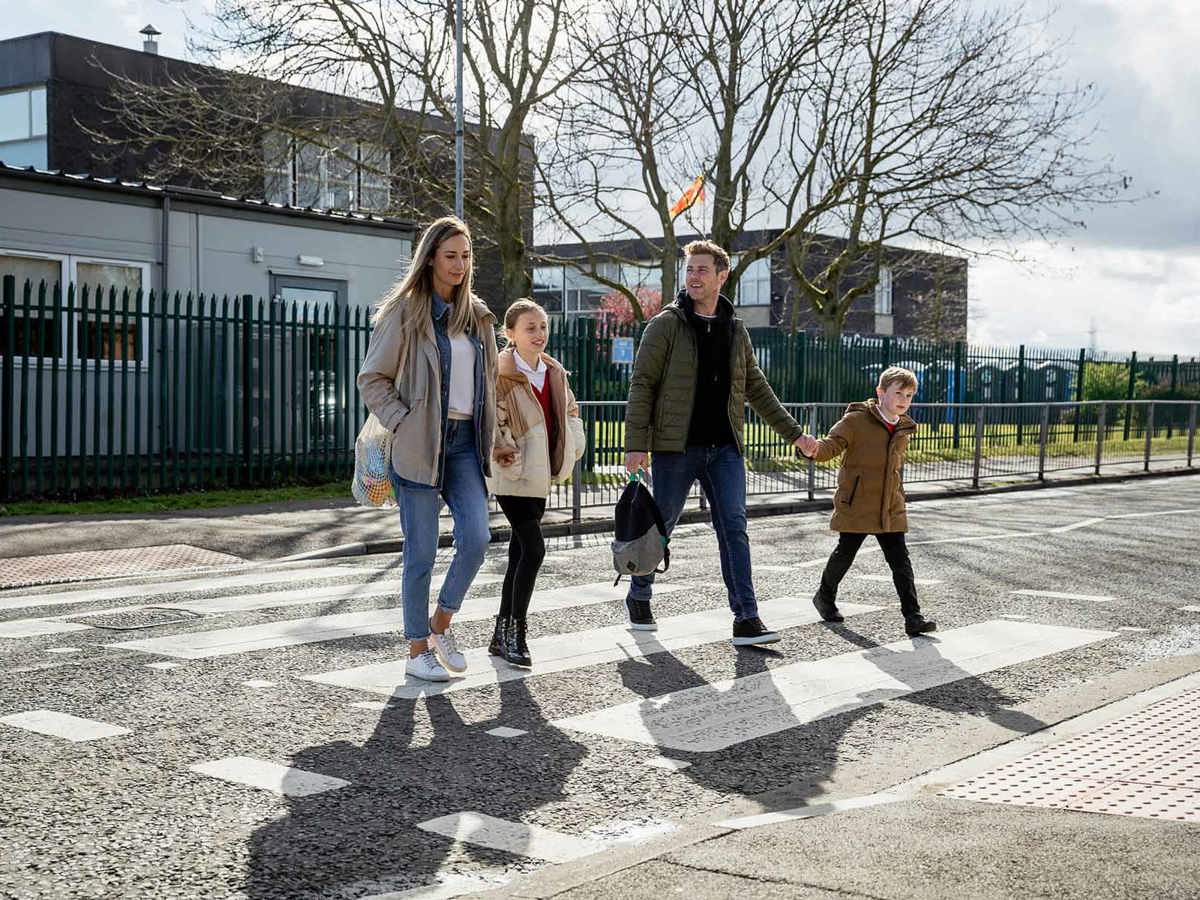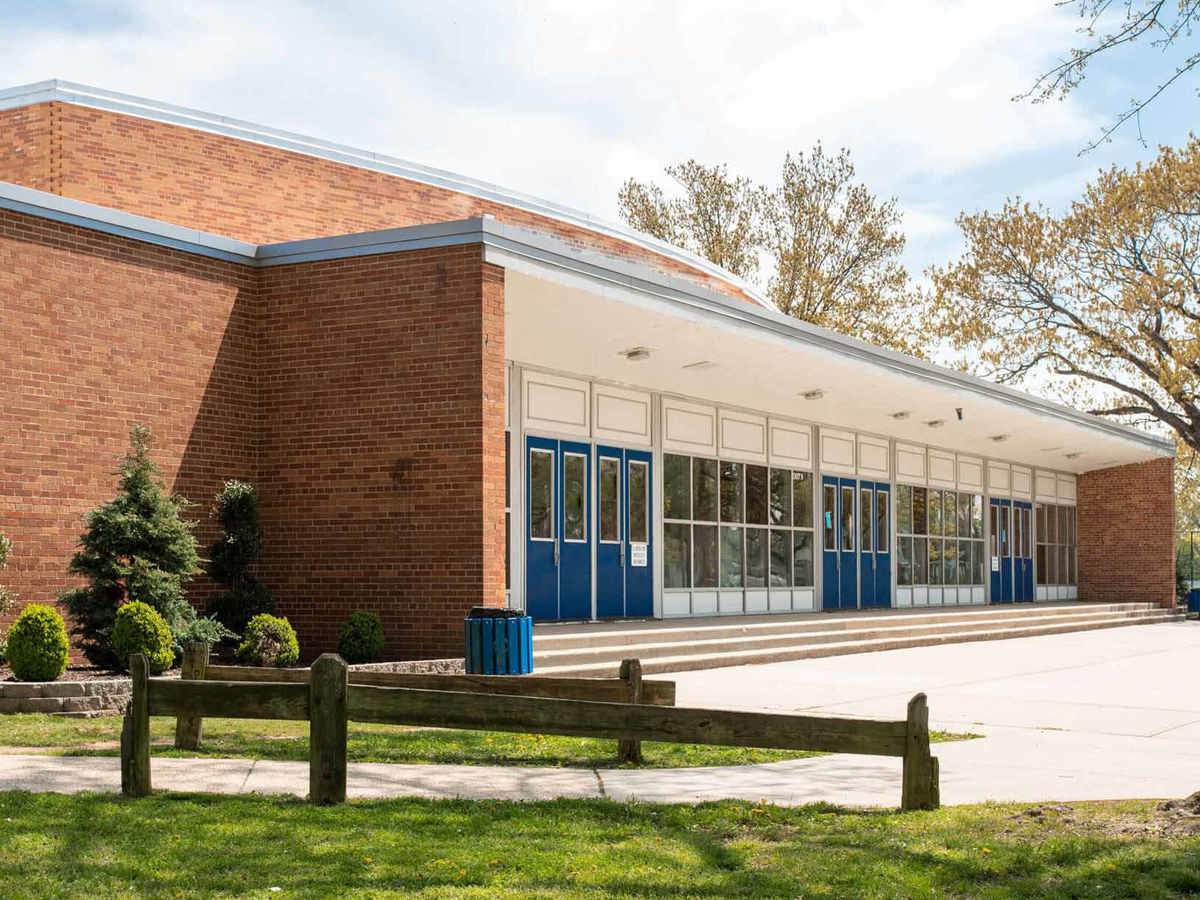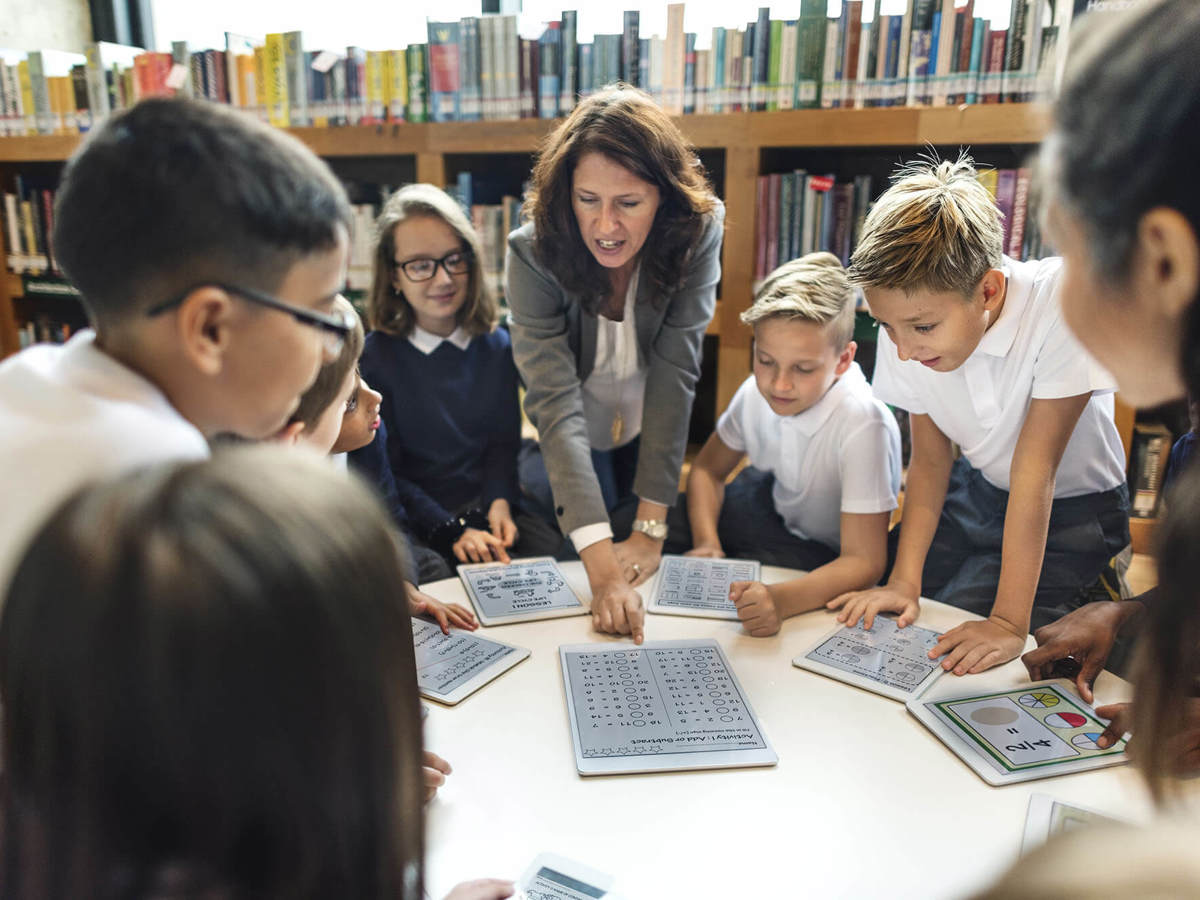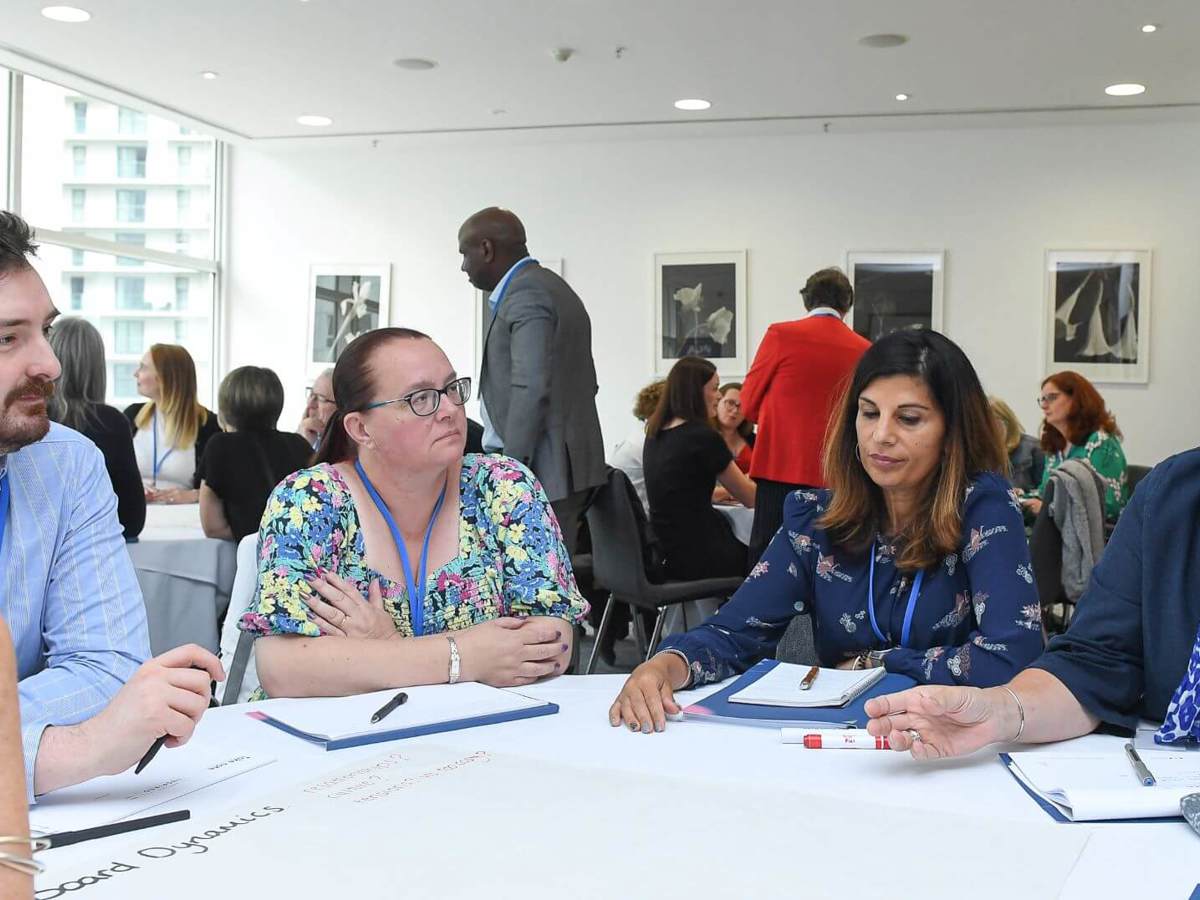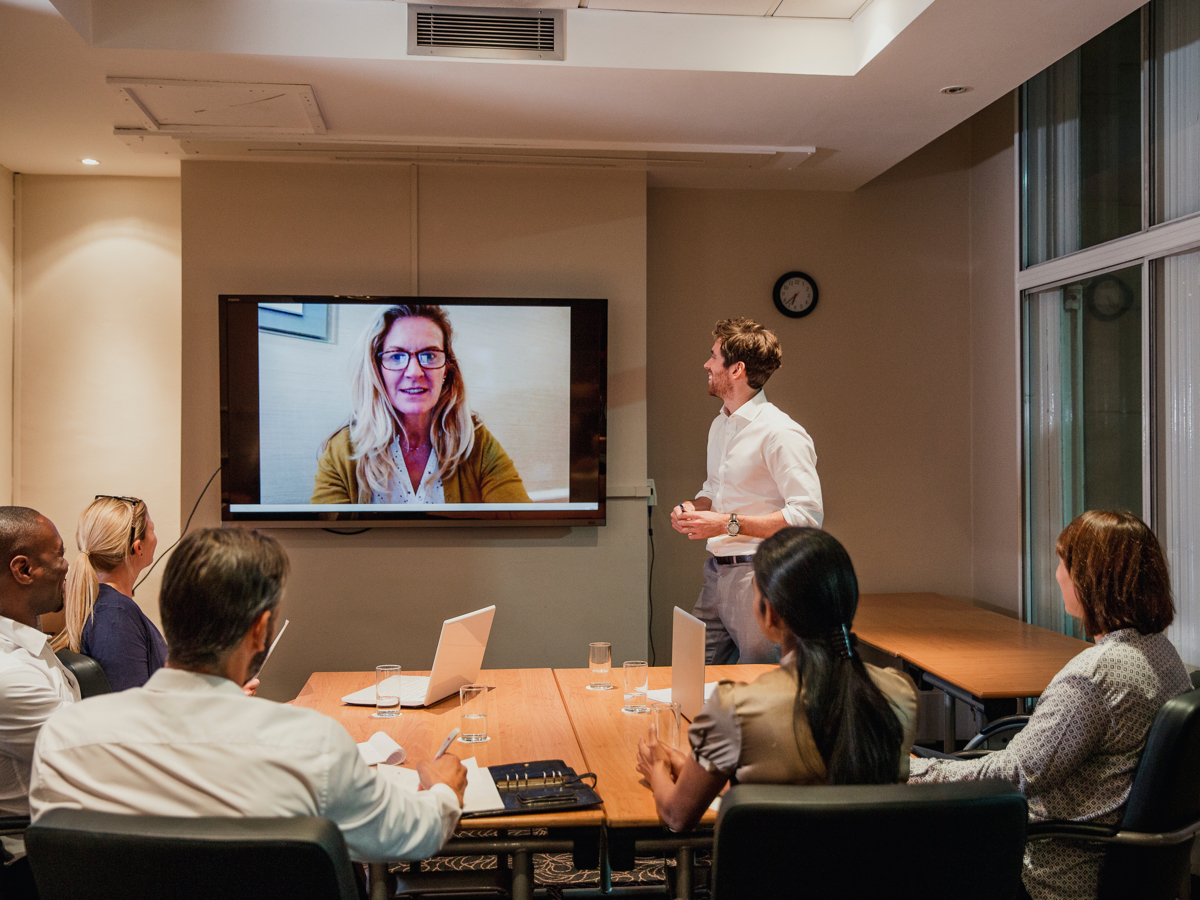Creating connections
An exploration of school collaborations

In recent years, England’s education landscape has changed significantly. Amid evolving policies, shifting structures, and financial pressures, schools have adapted, often by working together. This report explores how schools across the country are collaborating to improve outcomes, strengthen leadership, and support the wider system. It offers timely insights into how these partnerships work and what more can be done to realise their potential.
Research overview
While MATs have become the dominant framework for structured, formal collaboration over the past decade, many schools continue to operate outside this model, leveraging alternative methods to communicate and work together.
This study draws on a bespoke NGA survey and case study data to explore these alternative approaches, examining their advantages and challenges, and the cultural, logistical, and financial dynamics that influence their adoption.
- Informal partnerships dominate school collaboration models
- Local authorities play a key role in enabling and supporting collaboration
- Perceived divisions between school types create barriers to partnership
- Staff expertise, development and resource management are key collaboration areas
- Sharing expertise and professional development drives improvement
- Collaboration delivers significant financial benefits and resource optimisation
- Partnerships enhanced pupil experience while preserving school identity
- Practical and financial barriers continue to limit collaboration
- Diverse contexts and inconsistent engagement can hinder sustained collaboration
- Collaboration outside MATs requires practical support and funding
- Legitimising diverse collaboration models requires policy alignment and support
-
“This report rightly highlights the importance and value of collaboration between schools, from supporting pupils to access a broader curriculum, to professional development for school staff and making the most of resources in a challenging financial climate.”
Cllr Arooj Shah
Chair of the Local Government Association’s Children and Young People Board
Related content
-
Guidance
![tools-resources network of spread out pawns]()
-
Guidance
![segregated vision of pawns]()
-
Guidance
![connecting the dots vision]()
-
Guidance
![people looking at documents and making notes during a meeting]()
-
Guidance
![training man thinking at round table]()
-
Research
![school-environment family using zebra crossing]()
-
Guidance
![school-environment school building]()
-
Guidance
![training three people at a tablet discussing notes]()
-
Guidance
![school-environment family using zebra crossing]()
-
Research
![vision of the future straight road]()
-
Guidance
![training two people discussing numerical information]()
-
Guidance
![Pupils-learning young pupils around a table of digital tablets learning]()
-
Research
![connecting the dots vision]()
-
Guidance
![planned vision of staff structures]()
-
Tools & templates
![tools-resources siren installed onto a white wall]()
-
E-learning
![]()
-
Webinar
![A group of conference delegates]()
-
Blog
![]() Updated: 02/10/2025Governing board evaluation
Updated: 02/10/2025Governing board evaluationMeet the Experts: Rosemary Lovatt on Driving Great Governance
-
News
![]() Updated: 10/07/2025Latest updates
Updated: 10/07/2025Latest updatesAnnual Governance Survey 2025: School Finances and SEND System at Breaking Point
-
Blog
![a picture of Uk schoolchildren reading outside by a school in summer]()
-
Governing Matters
![]()
-
Blog
![]() Updated: 27/09/2024Latest updates
Updated: 27/09/2024Latest updatesEmpowering governors and trustees: NGA at the Labour Party conference
-
Blog
![]()
-
Blog
![]()
-
Webinar
![disciplinary meeting at a school]()
-
Webinar
![tools-resources two people holding and reading the same piece of paper]()
-
Blog
![Decorative]()
-
Blog
![Decorative]() Updated: 26/11/2021Stakeholder engagement
Updated: 26/11/2021Stakeholder engagementGuest blog: The importance of governors and trustees engaging with parents and carers
-
Webinar
![Someone note taking during a meeting]()
-
Governing Matters
![]() Updated: 01/09/2021Stakeholder engagement
Updated: 01/09/2021Stakeholder engagementStakeholder engagement: the fourth core function of governance
-
Events & networks
![]()





